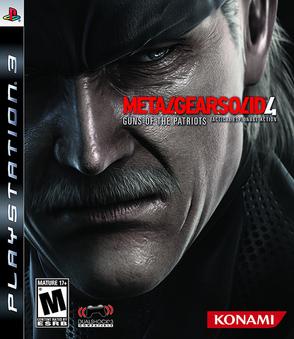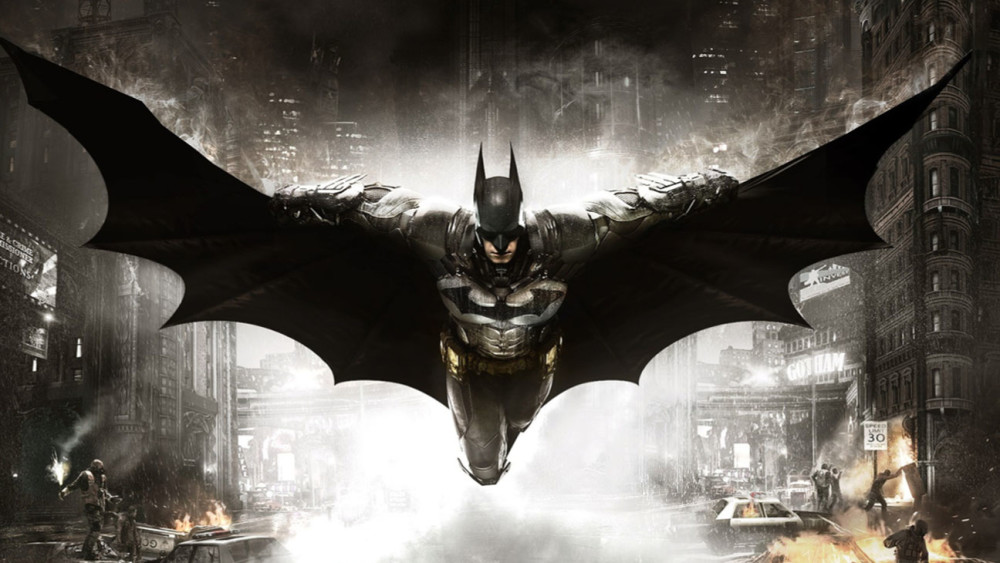Video games have come a long way as a storytelling medium. The limitations of old have been supplanted by advanced technology that has created magic boxes capable of creating rich worlds in which game developers can spin all kinds of yarns. We are living in a golden-age utopia, provided you ignore everything else going on in the world.
But for as far as games have come, there are certain issues inherent in trying to tell a story. The really big one is that games are interactive. Players control the actions of the hero for the majority of the game, which means game creators have less control over how a story unfolds compared to an author or filmmaker. There are lots of ways to get around this. Certain areas of the game can be blocked off until you complete certain quests or tasks. You can make the game linear and force the player to follow a specific path. You can add an inner monologue for the hero, which pushes players in a general direction and lets us know what they are thinking. And, of course, there are cut scenes.

Cut scenes can be great, especially with the technology now powering our magic boxes. The best cut scenes can not only propel the plot, but deepen our understanding of the character. At these times, the game maker does have complete control over what happens, so it’s easy to see why this would be a good choice. The problem is it takes away control from the player, and can potentially ruin the momentum they had built up playing the game. Imagine you’re in the middle of lovemaking and all of a sudden someone pulls you off and says, “Now watch me do the rest of it!” It’s not exactly like that, but my editor tells me sex sells and this seemed the best place to stick it in.

So, it can be difficult figuring out unique ways to tell character-driven stories in games. Which is why Arkham Knight deserves a lot of credit. The game is not without flaws, but it has one very big ace up its utility belt (what the fuck is wrong with my analogies today?).
WARNING: THE REST OF THE PIECE RELIES HEAVILY ON A HUGE SPOILER FOR ARKHAM KNIGHT. If you are planning on playing and want to remain surprised STOP GODDAMN READING RIGHT NOW.
At the end of the first act, Batman gets a nice healthy dose of fear gas as he attempts to contain an impending explosion. Out of nowhere, the Joker shows up. This is unusual mainly because Joker died in Arkham City and should not be up walking around pretending to shoot you. Fortunately he is just a hallucination, so the world still makes sense.
This is not just a great freak-out moment, but it’s a genius stroke on the part of the game. Because now the Joker is part of you. Throughout the rest of the game your hallucinated nemesis pops up to talk to you (not to mention insult you, too). He functions as a twisted version of a spirit animal or guardian angel, and after a relatively generic first act it makes everything much more interesting.
It also allows Rocksteady to move the story along without having to actually stop gameplay. The Joker provides commentary on what is going on, and more importantly, allows us a way to get inside Batman’s head in a much more unique fashion than a traditional voiceover. Joker embodies all of Batman’s self-doubt and insecurities, and allows the story to focus on Batman’s perceived failures to his friends in an engaging and unique way. Plus, Mark Hamill continues to do fantastic work, and his take on the Joker is perfect for being in Batman’s head.

As I said, these aren’t cut scenes. The game never stops, and you are able to continue moving around the world as the Joker continues to follow and mock you. It’s a clever way for the game to make sure you are getting character beats and plot developments at the right time without completely taking over control of the game. While there are some cut scenes, Arkham Knight is largely able to avoid them because the Joker acts as our ever-present commentator.
Not only that, he begins to bleed into other aspects of the world’s reality. If you keep a close eye on billboards and posters throughout the city, you’ll notice they will randomly change to include Joker. That goes for other characters, too, which gives us what is now one of my favorite video game moments ever.
It allows the game to show even as it’s telling, and it elevates the story to an incredible place. The Arkham series has always told great Batman stories, and in Arkham Knight they found an extra layer to make it truly outstanding. And it accomplishes that as unintrusively as possible, allowing the player to stay engaged in the game world. It really is a fantastic approach, and is something Rocksteady should be applauded for. The medium could use more unique ways for stories to unfold within games, and this is a great example to build off of.
Plus, it leaves us with a great message: there’s a little Joker in all of us. I don’t know about you, but that just warms my heart.

